What is Creatine?
Creatine is one of the most well-researched and effective supplements for increasing strength, muscle mass, and performance. It is a naturally occurring compound found in small amounts in foods like red meat and fish. However, supplementation ensures your muscles have a readily available energy source to power through high-intensity workouts.
The Gold Standard: Creatine Monohydrate
What is Creatine Monohydrate?
Creatine Monohydrate is the most widely used and studied form of creatine. It has been proven to increase muscle mass, improve exercise performance, and support cognitive function.
Benefits of Creatine Monohydrate:
Proven Effectiveness – Backed by hundreds of scientific studies.
Cost-Effective – Most affordable form of creatine.
Highly Bioavailable – Easily absorbed by the body.
Muscle Hydration – Helps pull water into muscle cells for a fuller look.
ATP Production – Enhances energy output during intense training.
Creatine HCL: A Newer Alternative
What is Creatine HCL?
Creatine Hydrochloride (Creatine HCL) is a more recent form of creatine that binds the molecule to hydrochloric acid. This formulation claims to offer better solubility and absorption compared to monohydrate.
Benefits of Creatine HCL:
- Increased Solubility – Dissolves more easily in water.
- Reduced Bloating – Some users report less water retention compared to monohydrate.
- Smaller Doses Required – Due to enhanced absorption, lower doses may be effective.
Creatine Monohydrate vs. Creatine HCL: Which One Should You Choose?
Effectiveness
Both forms support strength and performance, but Creatine Monohydrate has decades of research backing its effectiveness, while HCL has limited studies in comparison.
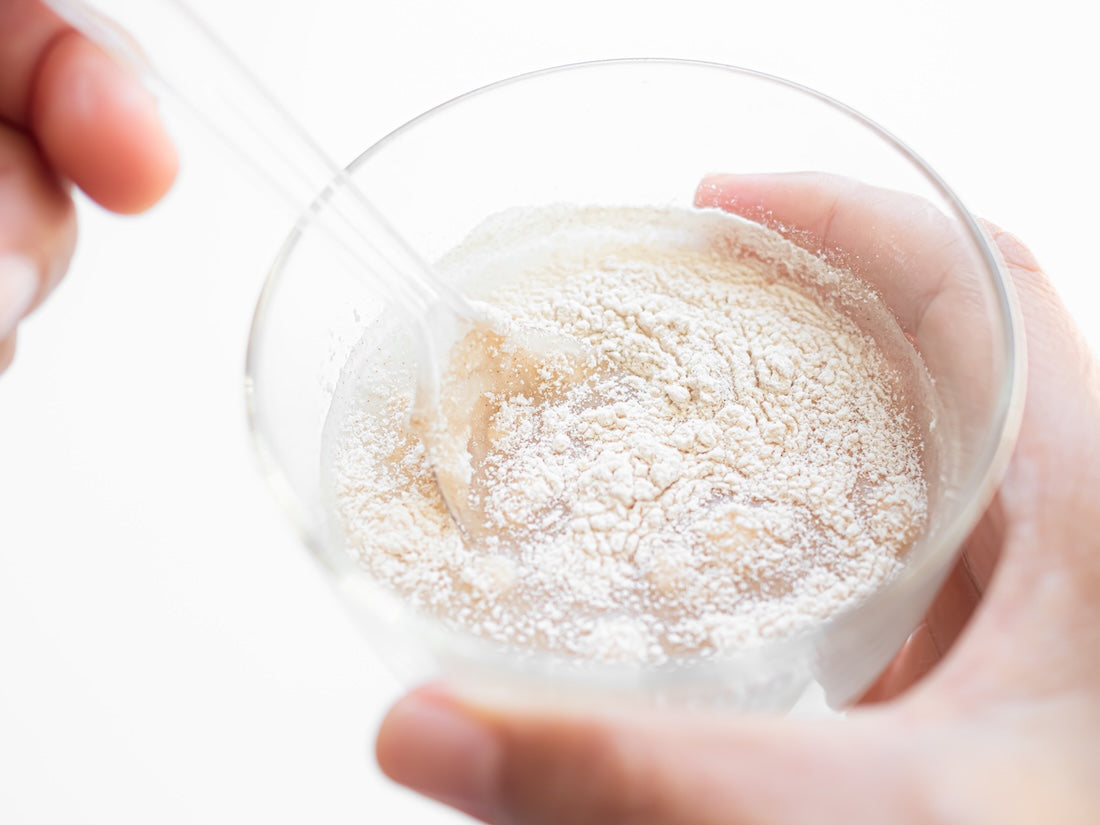
Absorption & Solubility
Creatine HCL is more soluble in water, which may make it easier to digest for those who experience bloating with monohydrate. However, monohydrate’s absorption can be improved by simply taking it with food or warm water.
Creatine Monohydrate is the most widely used and studied form of creatine. It has been proven to increase muscle mass, improve exercise performance, and support cognitive function.
Cost Comparison
Creatine Monohydrate is significantly cheaper and available in larger quantities, making it the better option for budget-conscious consumers.
Dosage
Creatine Monohydrate: Standard dose is 3-5g per day.
Creatine HCL: Due to better solubility, a smaller dose of 1-2g per day is typically recommended.
Which One is Right for You?
If you want the most researched and cost-effective option → Go with Creatine Monohydrate.
If you have digestive issues with monohydrate → Try Creatine HCL.
If budget is a concern → Creatine Monohydrate is the better value.
Final Verdict
Creatine Monohydrate remains the gold standard due to its overwhelming scientific support, affordability, and effectiveness. While Creatine HCL may offer benefits for those with digestive sensitivities, it lacks the extensive research backing monohydrate.
Where to Buy High-Quality Creatine
When choosing a creatine supplement, opt for 100% pure, lab-tested Creatine Monohydrate from a trusted brand. Look for third-party testing certifications to ensure quality and purity.
Related Articles:
Best Time to Take Creatine for Maximum Absorption
- 5 Tips for faster recovery
- Unlocking the Power of Glutamine for Performance Athletes and Bodybuilders
- Boost Your Athletic Performance with These Effective Workout Tips
FAQ
1. Does Creatine Cause Water Retention? Yes, but primarily inside muscle cells, which enhances muscle fullness and strength.
2. Can I Mix Creatine with Protein? Yes! Creatine and protein work synergistically to support muscle growth.
3. Should I Cycle Creatine? No, cycling is unnecessary as long as you take the recommended daily dose.
4. Is Creatine Safe? Yes, extensive research confirms creatine is safe for long-term use.
By incorporating Creatine Monohydrate into your routine, you’ll experience enhanced performance, faster recovery, and improved strength—all without breaking the bank!
-Jon Klipstein
"Before launching our Creatine products, I had the same questions as we went back and forth on what would be the best source of Creatine to offer our customer base. After lengthy R&D, plus internal research we made a decision based on what we felt would be best for our users. This blog is the high level overview of our findings."
Featured product
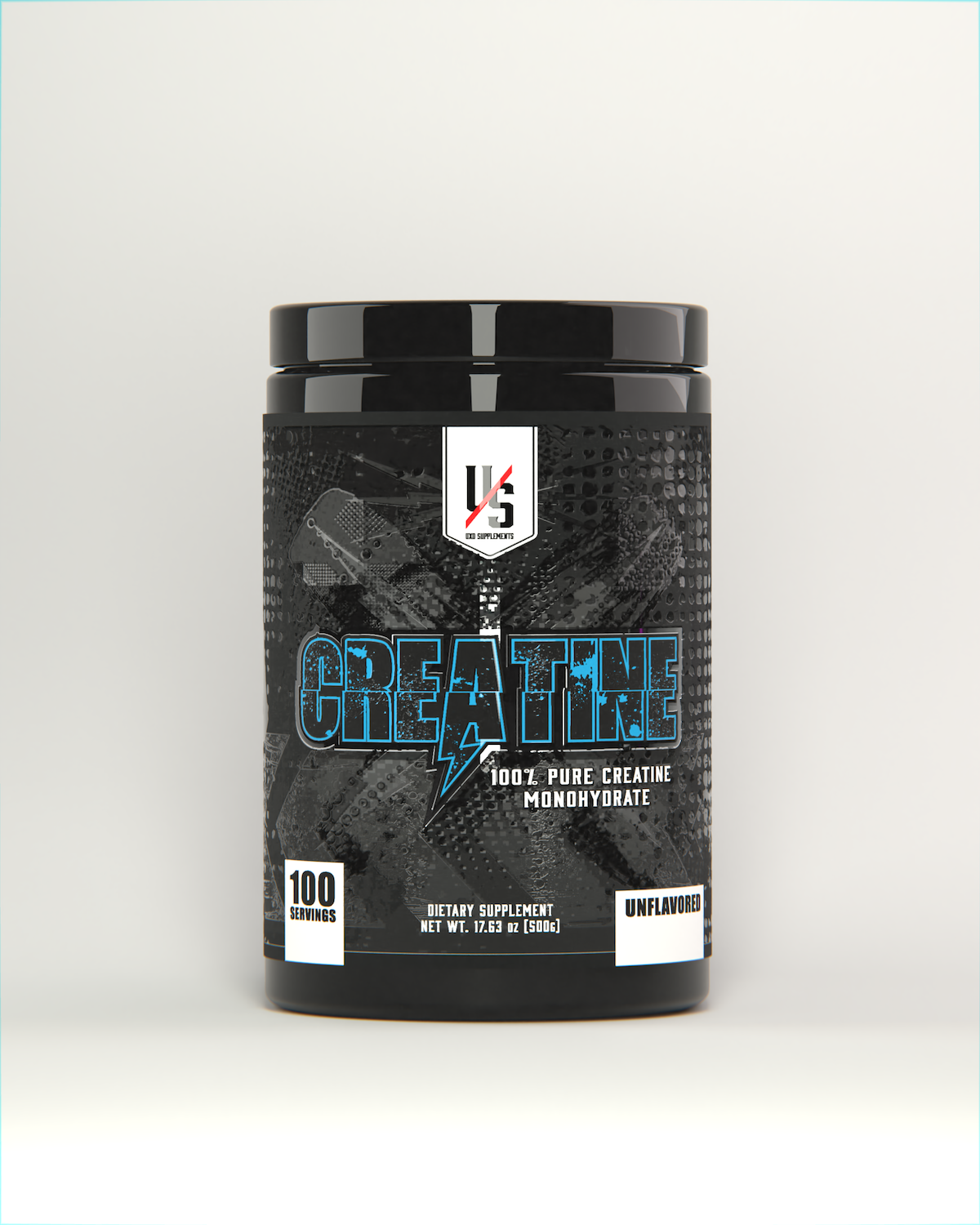
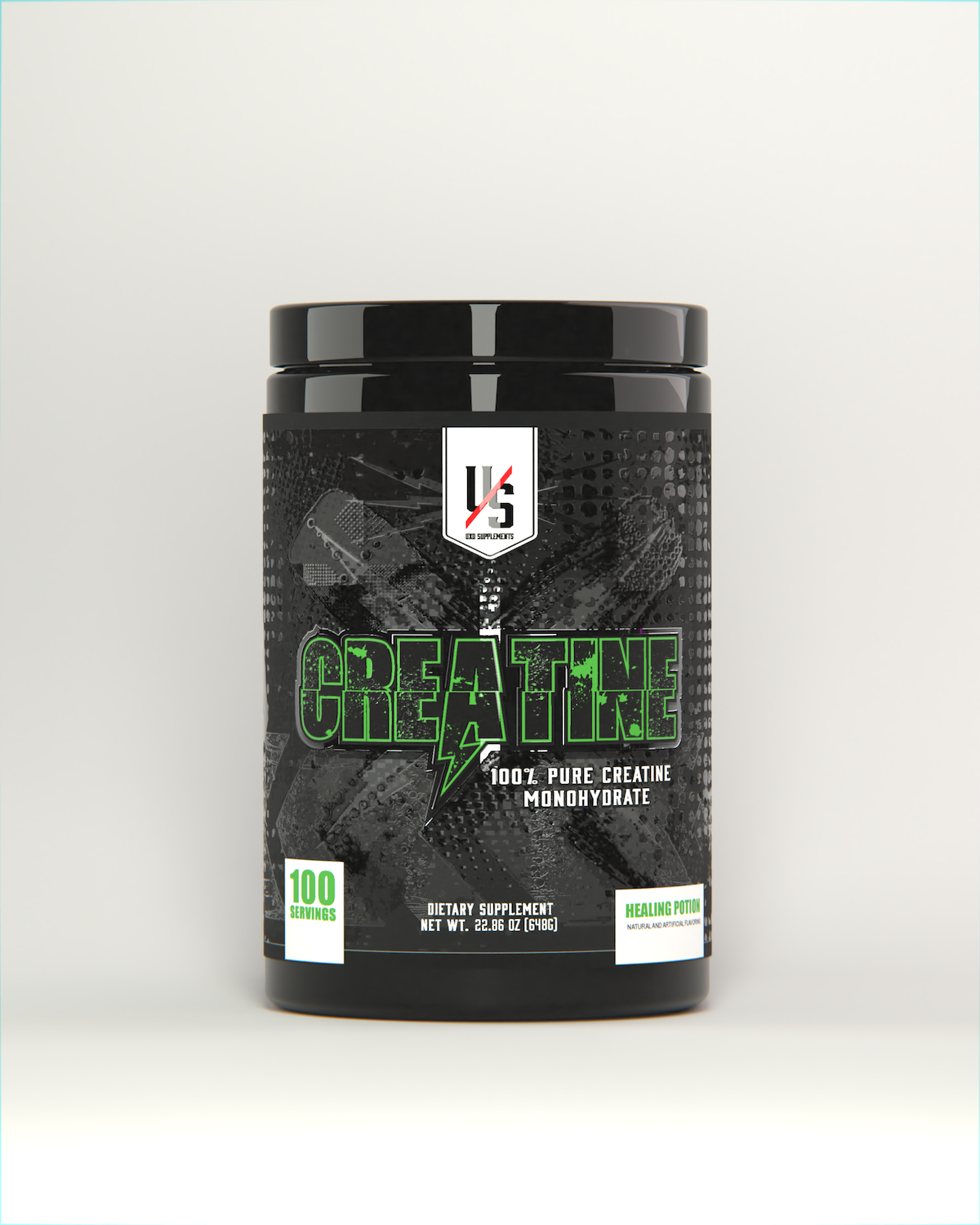
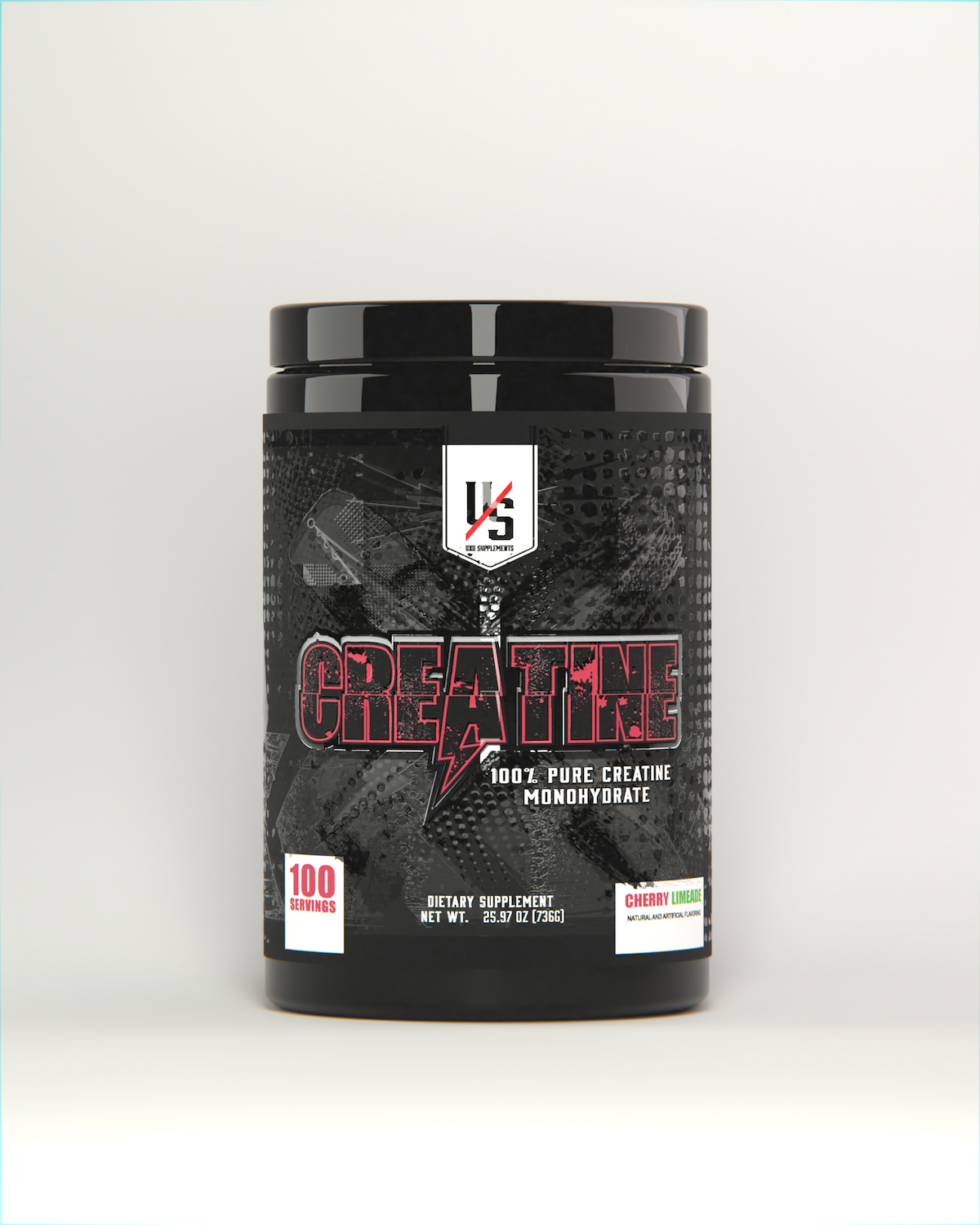
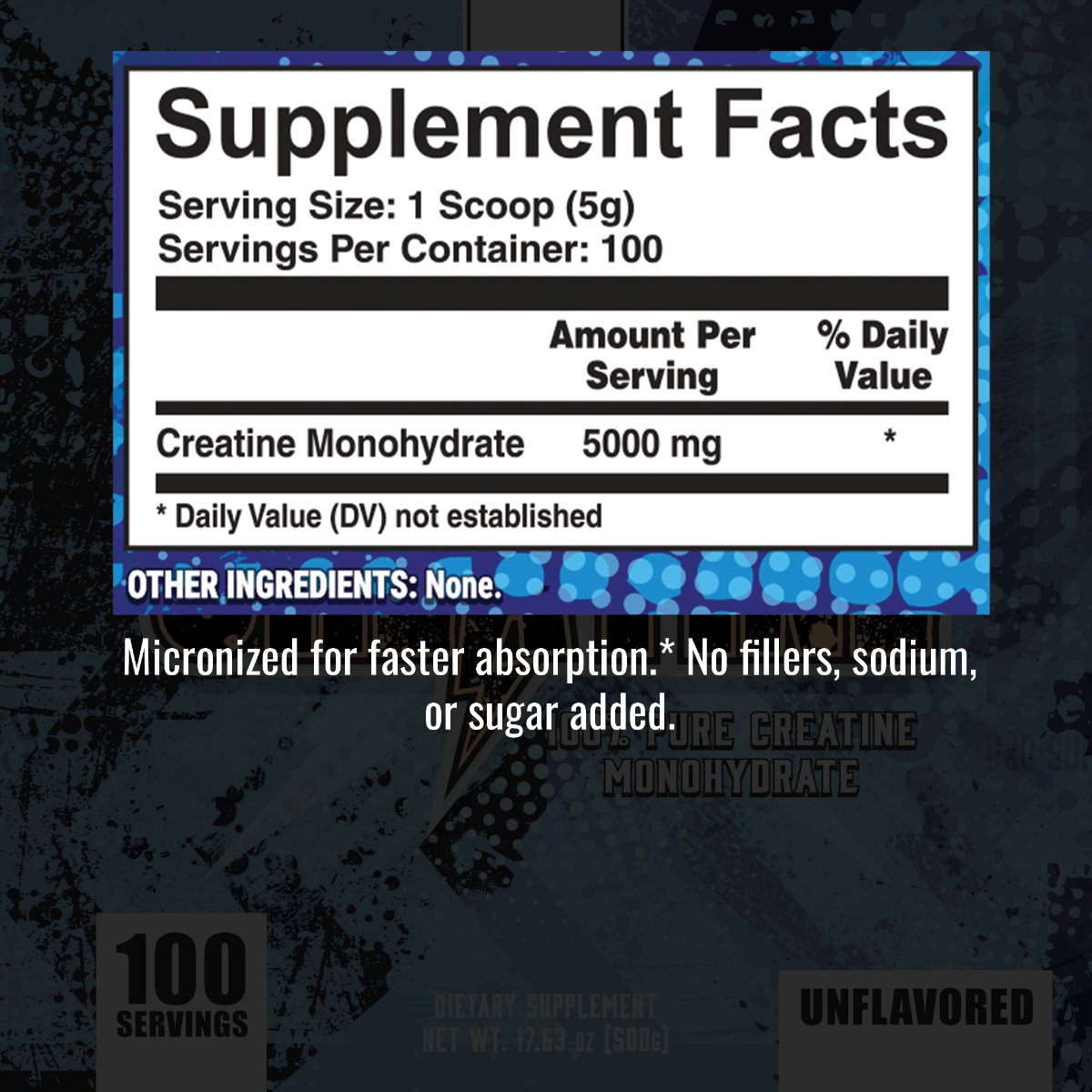
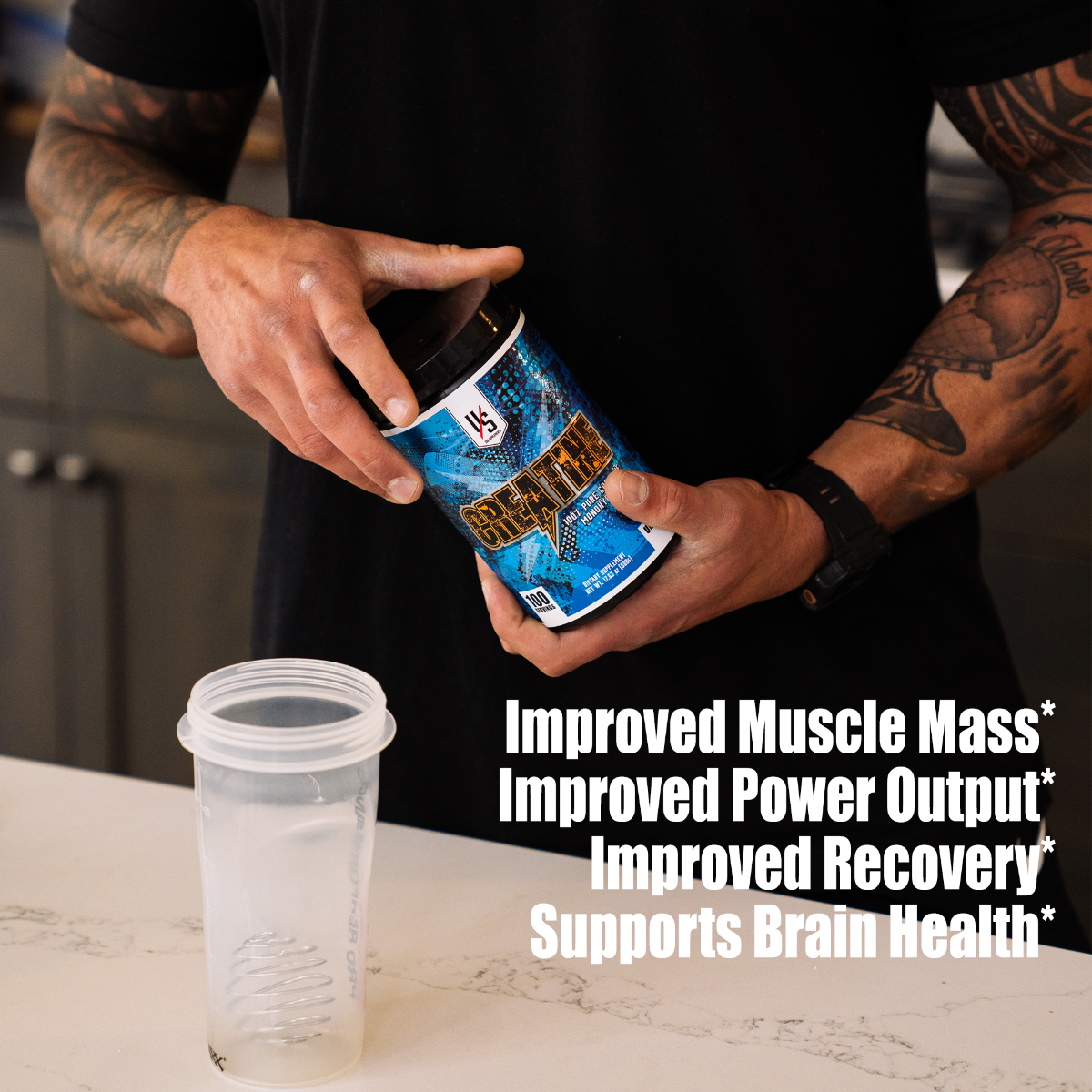
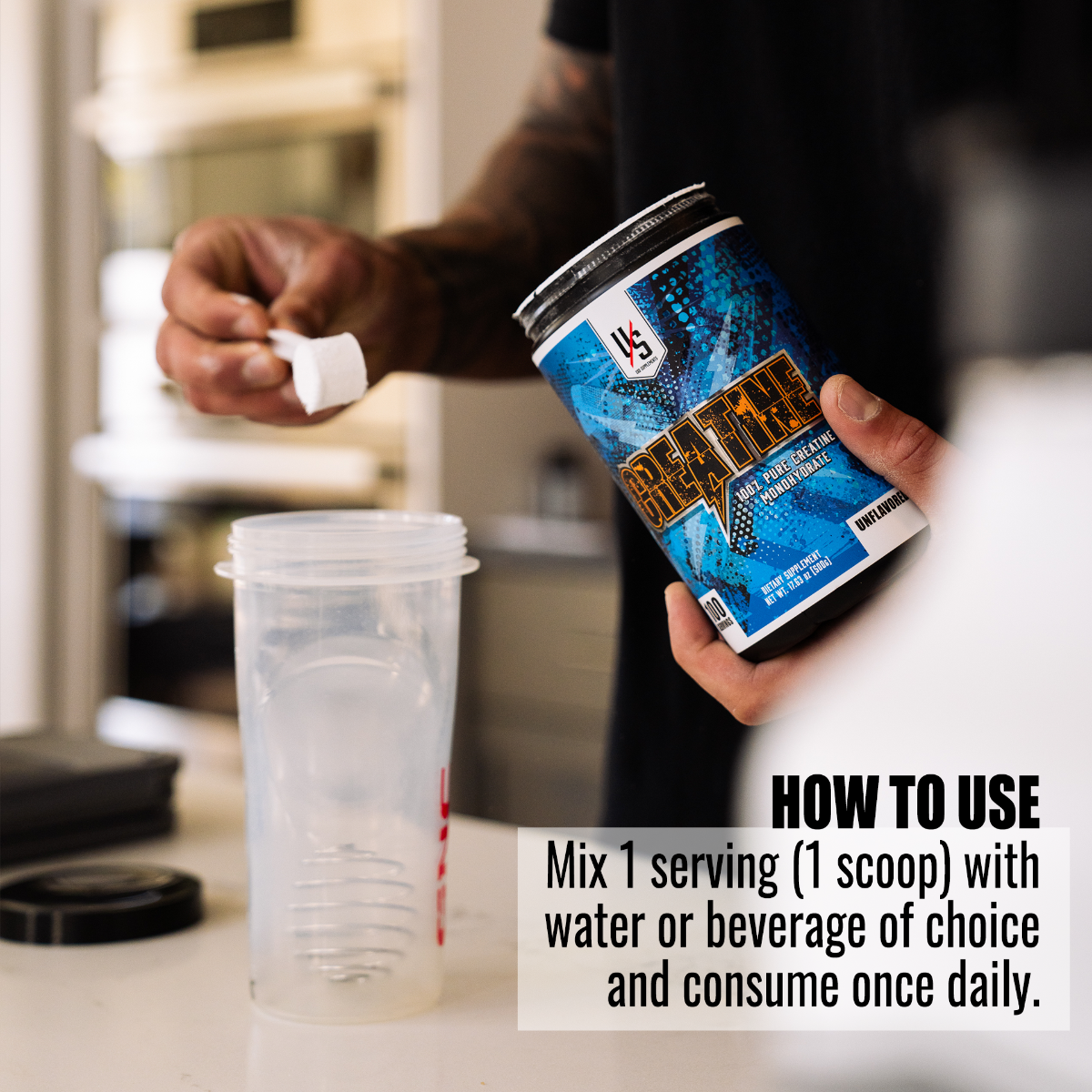
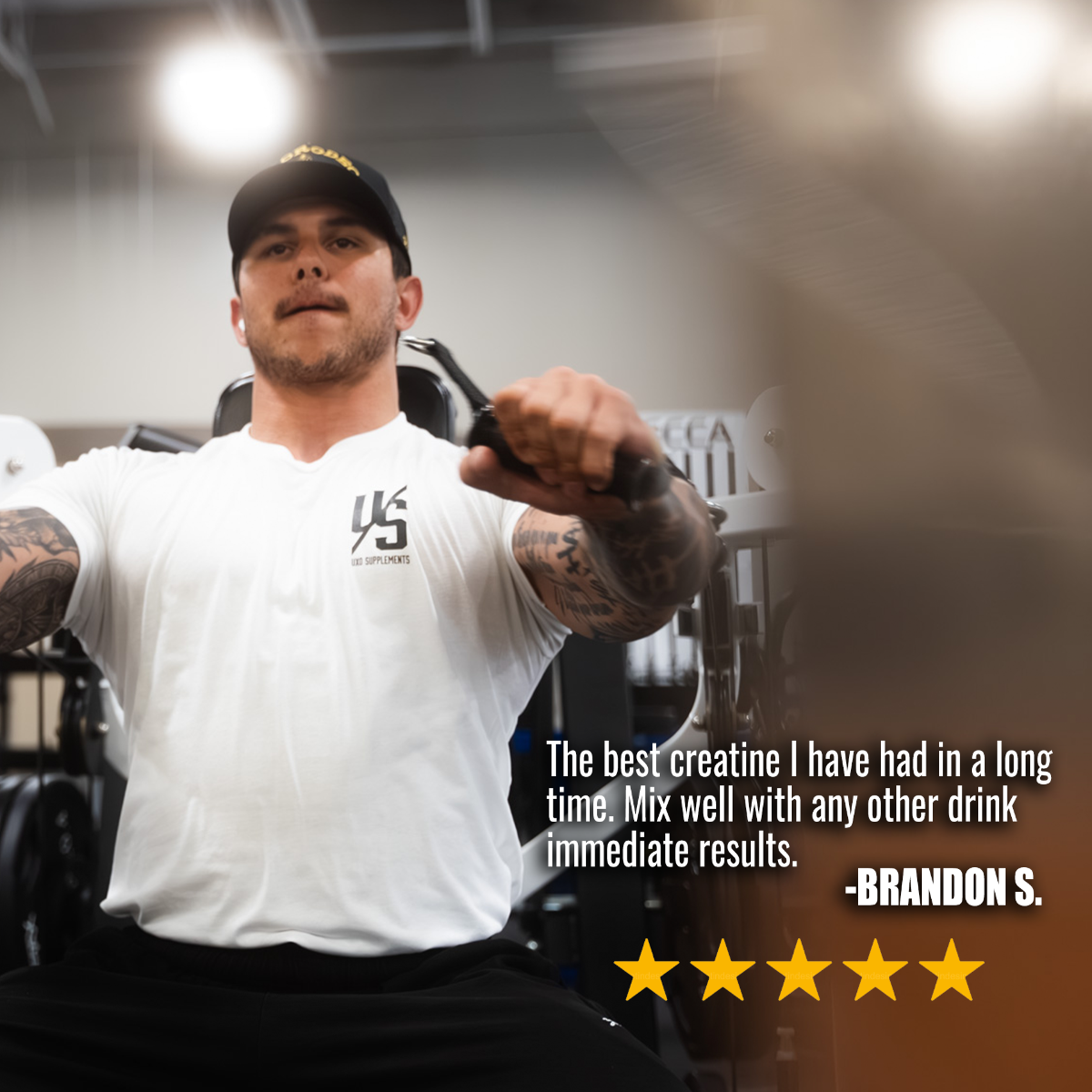
Pickup available at 11880 W. President Dr. Suite D
Usually ready in 24 hours

Micronized Creatine Monohydrate
100 serving / Healing Potion
11880 W. President Dr. Suite D
11880 W President Dr
Suite D
Boise ID 83713
United States
PRODUCT DETAILS
100 servings per container |
|
Increased muscle and strength |
|
improved recovery |
|
could support brain health |
How do you choose the right Creatine Monohydrate?
1: While Creatine Monohydrate is the most popular version, there are differences in Creatine Monohydrate. If you are worried about stomach sensitivity, we recommend taking a Micronized Creatine Monohydrate. Micronized meaning it has been broken down into smaller particles to improve solubility.
2: Is 3rd Party testing important to you? Are you a drug tested athlete, or concerned about cross contaminents making their way into your products? The only way to ensure you are getting exactly what is on the label, without any traces of potential banned ingredients is to choose a product that is 3rd party tested.
3: How do you want to take your creatine? Stack it with your preworkout or EAAs? Then a non-flavored one would be a great opton. If you want to take Creatine by itself, we recommend a flavored version.
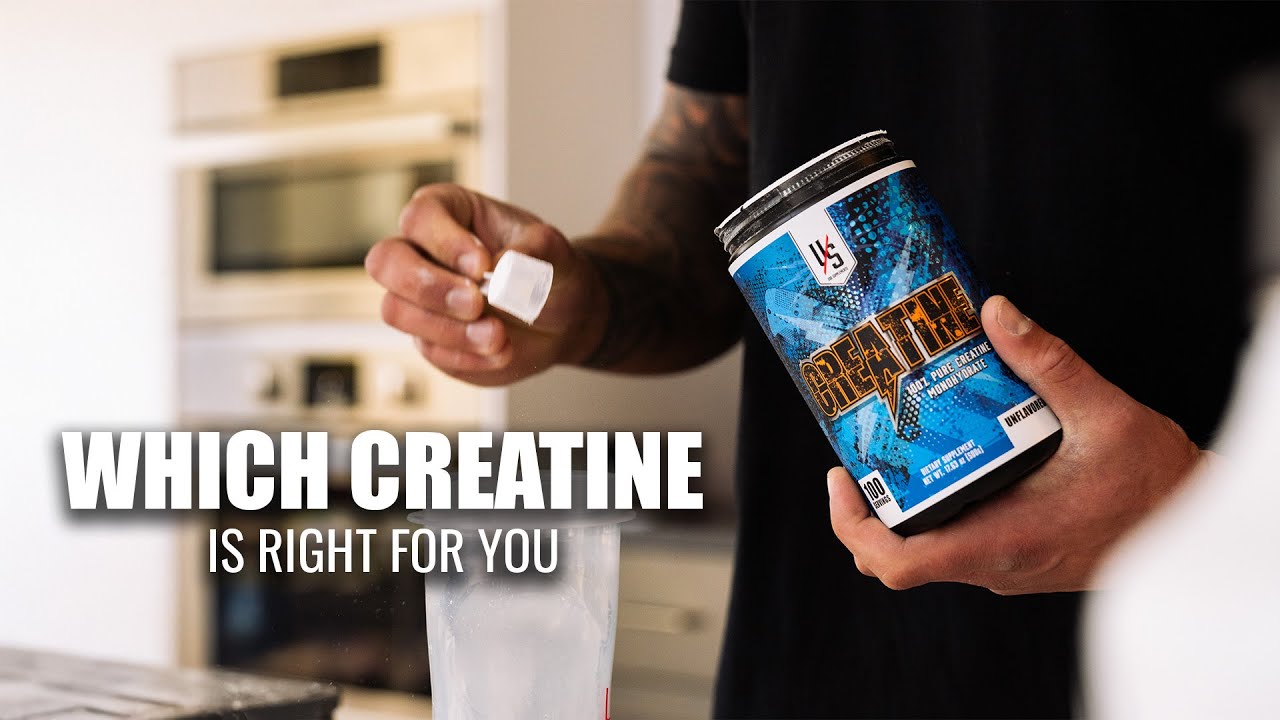
Video
Did you know you can now get Flavored Creatine through UXO Supplements?
With the increased popularity and ever evolving studies on the benefits of Creatine, we decided to give you options. With the unflavored version, you need to be able to mix it with something to mask the bitterness of the raw ingredient. Now you can take Creatine by itself with one of our flavored versions. More will be coming as we continue to grow.
Creatine Monohydrate Pros and Cons
CONS |
|
Not as soluble as HCL |
|
Causes GI Distress with a small % of population |
|
Time under tension (TUT) is a popular training technique that involves controlling the tempo of your lifts to increase muscle tension and stimulate muscle growth. By manipulating the duration of each repetition, you can activate more muscle fibers and generate greater metabolic stress in the target muscles.
In this article, we'll explore the science behind time under tension training and provide some tips on how to perform TUT exercises properly to maximize muscle growth.
What is Time Under Tension Training?
Time under tension training refers to the total amount of time a muscle is under tension during a set of repetitions. In traditional weightlifting, a typical set lasts around 30-60 seconds. However, with TUT training, you aim to increase this time to 60-120 seconds.
By increasing the duration of muscle tension, TUT training causes metabolic stress and micro-tears in the muscle fibers, leading to greater muscle growth. TUT exercises are typically performed with slower, controlled movements, and with lighter weights to maintain the tension on the muscle for a more extended period.
How to Perform Time Under Tension Exercises?
Here are some guidelines for performing time under tension exercises:
-
Control the Tempo: The most important factor in TUT training is controlling the tempo of your lifts. To maximize muscle tension, you should use a slow, controlled pace when lifting weights. For example, you could use a 3-second eccentric (lowering) phase and a 1-second concentric (lifting) phase.
-
Use Lighter Weights: TUT exercises are typically performed with lighter weights than traditional weightlifting. This is because using heavier weights can cause you to lose control over the tempo of your lifts, leading to less muscle tension. For TUT training, choose a weight that allows you to perform each repetition slowly and with proper form.
-
Focus on the Target Muscle: When performing TUT exercises, it's important to focus on the target muscle and maintain tension throughout the entire range of motion. For example, if you're doing a bicep curl, focus on keeping your biceps engaged throughout the entire lift, rather than relying on momentum to lift the weight.
-
Vary Your Rep Range: To maximize muscle growth, it's essential to vary your rep range. You can do this by adjusting the duration of each repetition or by performing a different number of repetitions per set. For example, you could perform 8-12 reps per set with a 2-second eccentric and a 2-second concentric phase, or you could perform 15-20 reps per set with a 1-second eccentric and a 1-second concentric phase.
-
Incorporate Isometric Holds: Isometric holds can be a useful addition to TUT exercises. These involve holding a weight in a static position for a set period, causing maximum muscle tension. For example, you could perform a bicep curl and hold the weight at the top of the movement for 10-20 seconds before lowering it.
-
Increase Time Under Tension Over Time: To continue to see gains from TUT training, you need to increase the time under tension gradually over time. For example, you could start with a 60-second TUT for a specific exercise and aim to increase it to 90 seconds over the course of several weeks.
Read more
Ingredients: 1 medium banana, peeled and frozen 1 scoop PRO REFIT or POST ISO chocolate protein powder 1 tbsp. of natural peanut butter 1 cup of unsweetened almond milk 1 tsp. of honey ...
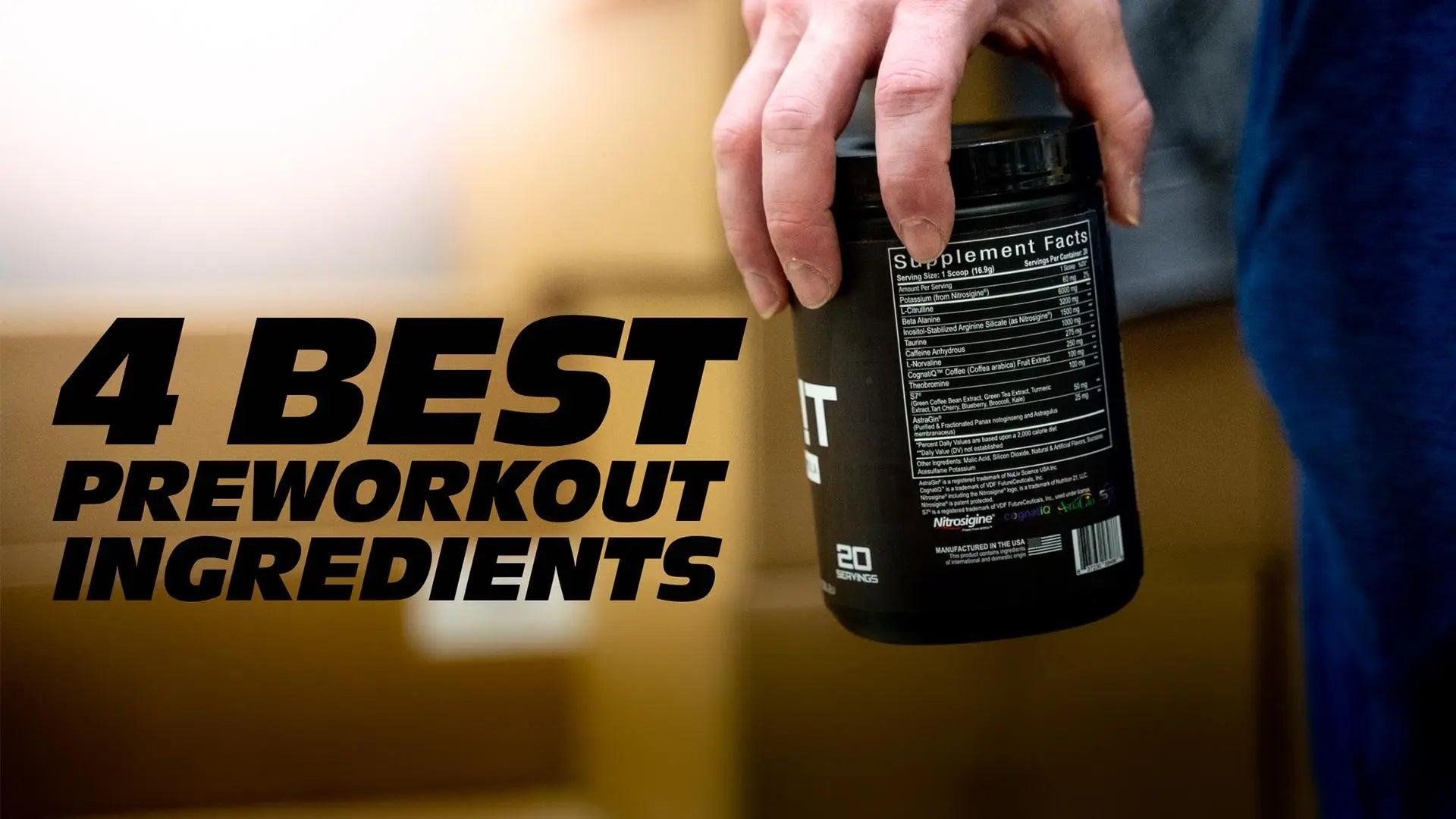
The 4 best preworkout ingredients to attack pump, endurance, focus, and power output!! There are so many choices when it comes to preworkouts . . . What do you choose?? We are covering 4 of the be...

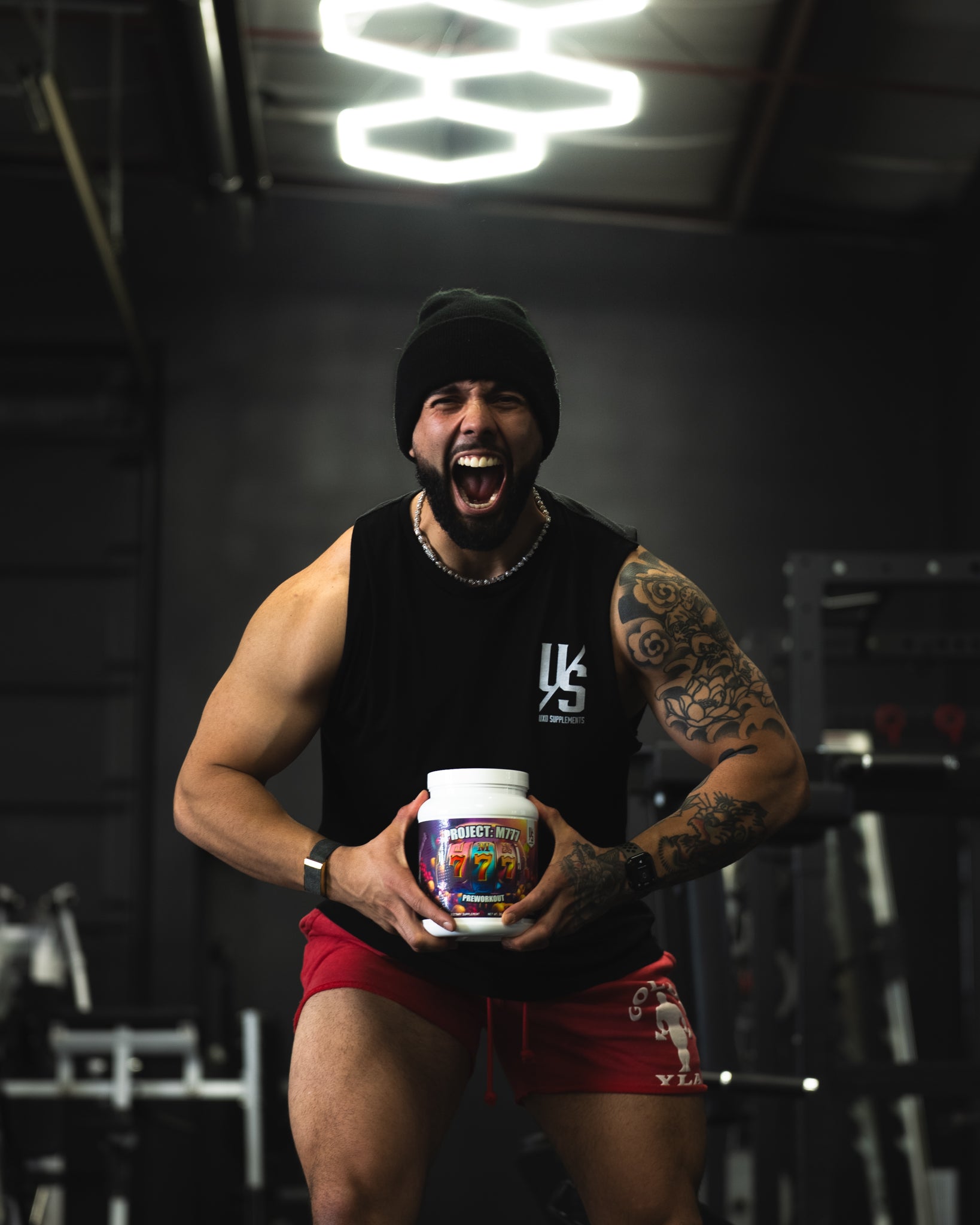




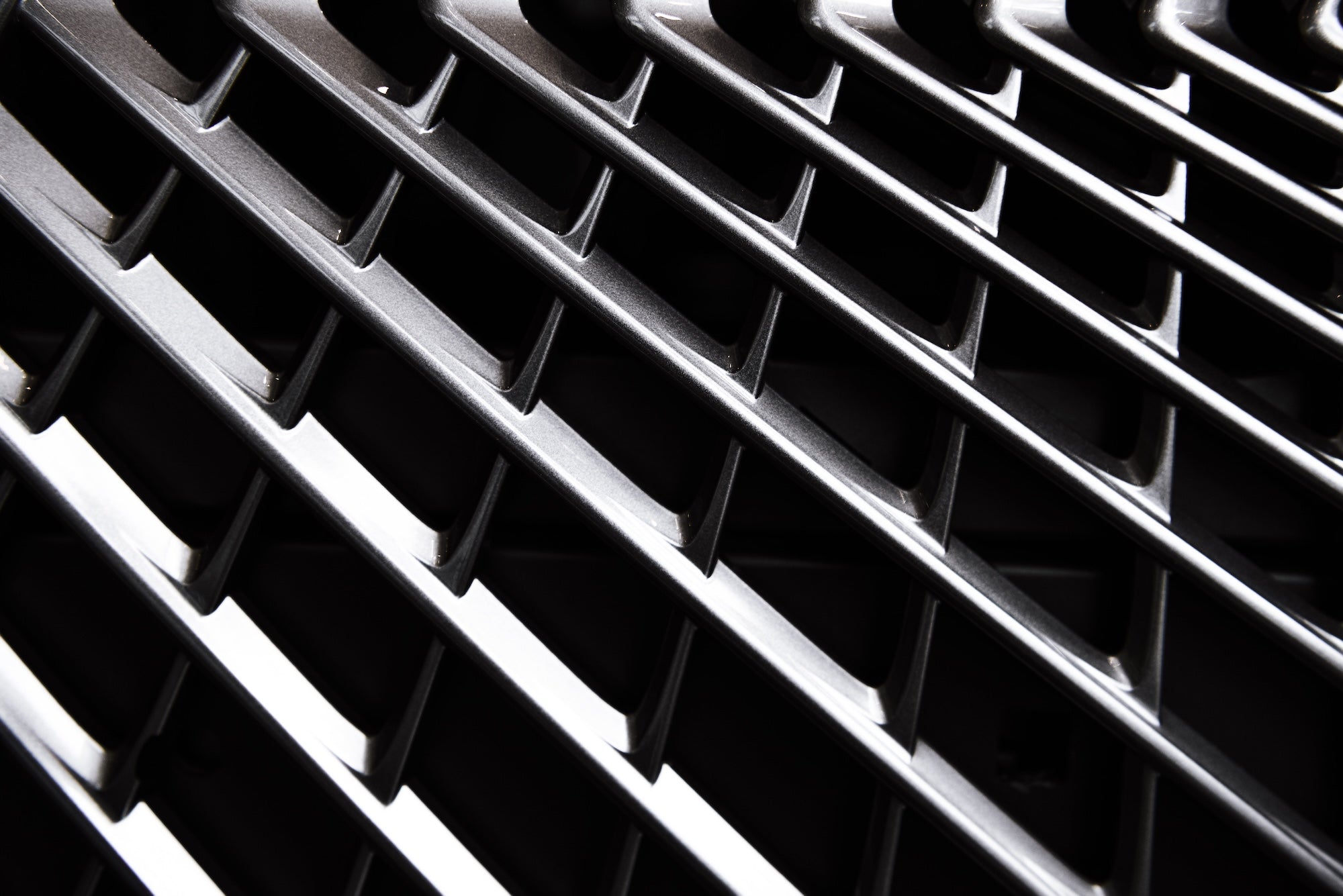


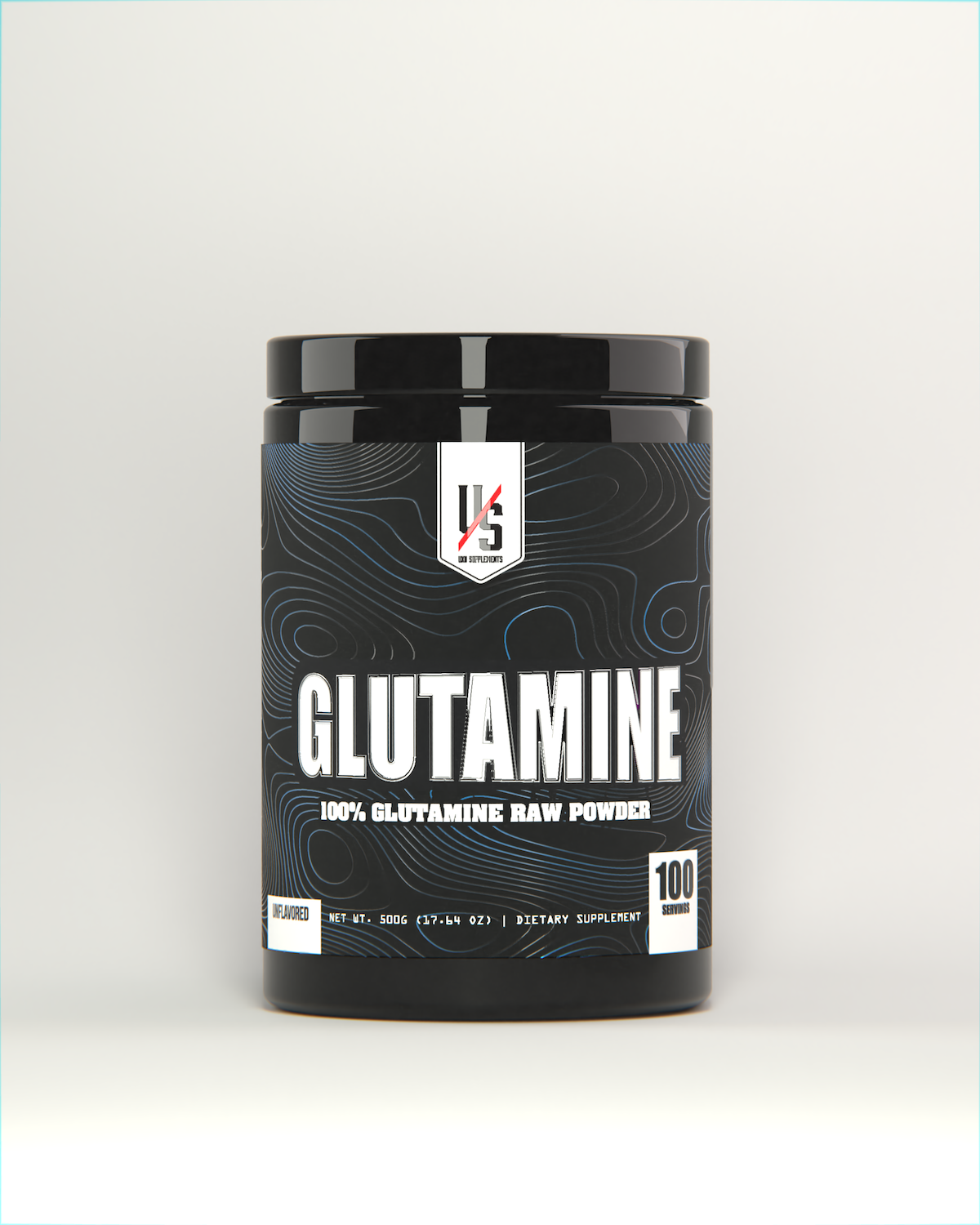

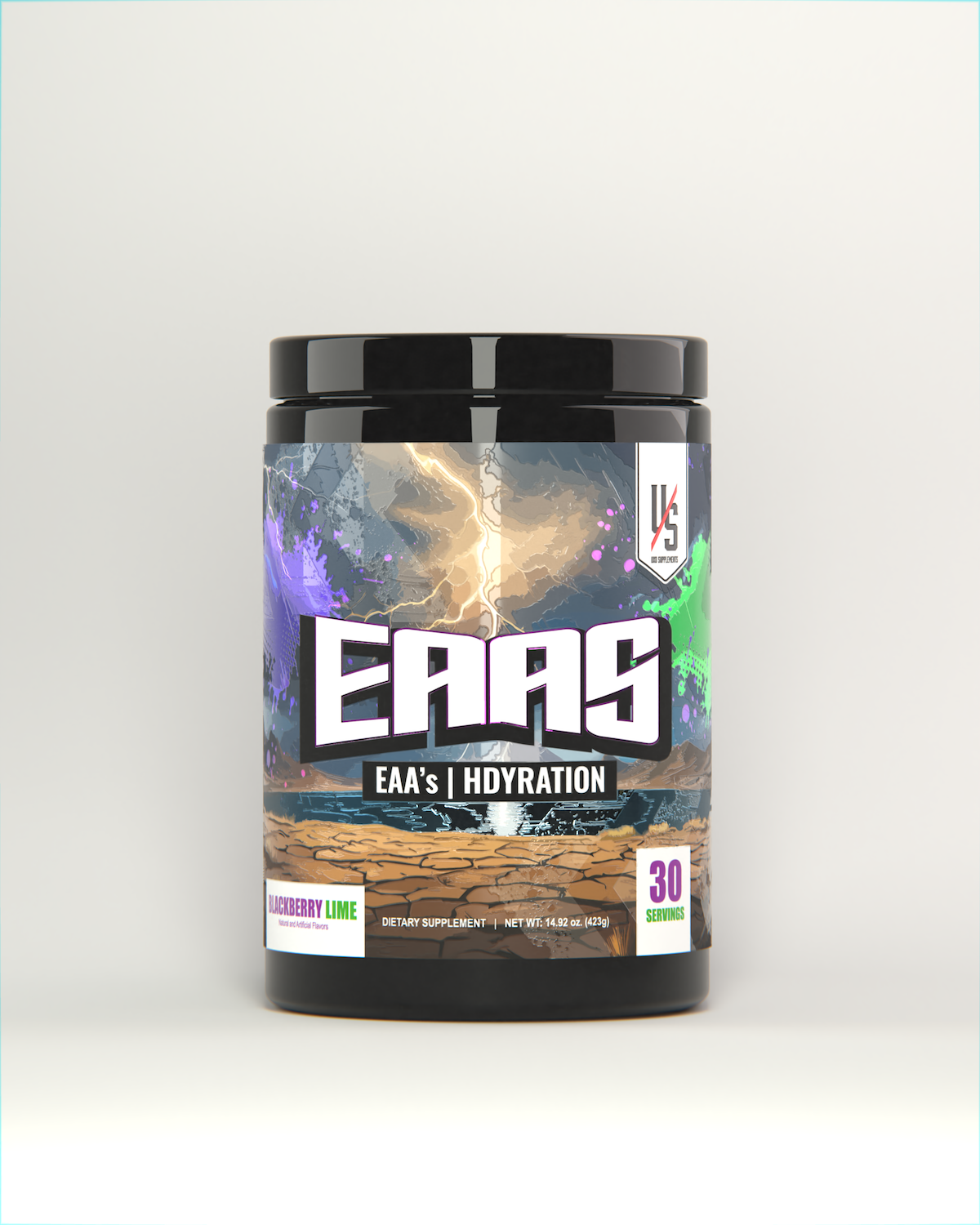
Leave a comment
All comments are moderated before being published.
This site is protected by hCaptcha and the hCaptcha Privacy Policy and Terms of Service apply.